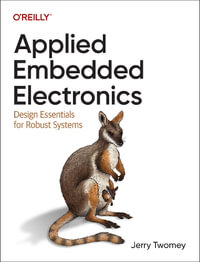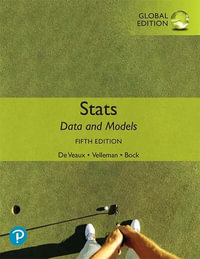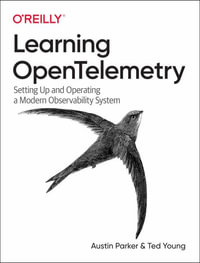List of Figures.
List of Tables.
Preface.
Part I Standards for Mobile Networks.
1 Global System for Mobile Communications.
1.1 Introduction.
1.2 System architecture.
1.3 Time structure of the GSM system.
1.4 Logical channels.
1.5 High Speed Circuit Switched Data (HSCSD).
1.6 GPRS packet transmission.
1.7 EDGE packet transmission.
1.8 Traffic management mechanisms in cellular networks.
2 Universal Mobile Telecommunications System.
2.1 Introduction.
2.2 Architecture of the system.
2.3 Wideband access with WCDMA coding and multiplexing ?
essentials.
2.4 Channels in the WCDMA radio interface.
2.5 Modulation.
2.6 Signal reception techniques.
2.7 Radio resource management in the UMTS system.
2.8 High-speed packet data transmission.
2.9 Services.
3 Long-Term Evolution.
3.1 Introduction.
3.2 System architecture.
3.3 Transmission techniques in the LTE system.
3.4 Channels in the radio interface of the LTE system.
3.5 Radio resource management in LTE.
Part II Teletraffic Engineering for Mobile
Networks.
4 Basic Definitions and Terminology.
4.1 Introduction.
4.2 Call stream.
4.3 Service stream.
4.4 Markov processes.
4.5 The concept of traffic.
4.6 Quality of service in telecommunication systems.
5 Basic Elements of Traffic Engineering used in Mobile
Networks.
5.1 Introduction.
5.2 Erlang model.
5.3 Engset model.
5.4 Comments.
6 Modeling of Systems with Single-Rate Overflow
Traffic.
6.1 Introduction.
6.2 Basic information on overflow systems.
6.3 Models of alternative groups.
6.4 Equivalent groups.
6.5 Modeling of overflow traffic in systems with finite number
of traffic sources.
6.6 Comments.
7 Models of Links Carrying Multi-Service Traffic.
7.1 Introduction.
7.2 Multi-dimensional Erlang distribution.
7.3 Full-availability group with multi-rate traffic.
7.4 State-dependent systems.
7.5 Systems with finite and infinite number of traffic
sources.
7.6 Limited-availability group.
7.7 Full-availability group with reservation.
7.8 Full-availability group with threshold mechanism.
7.9 Full-availability group with compression mechanism.
7.10 Full-availability group with priorities.
8 Modeling of Systems with Multi-Rate Overflow
Traffic.
8.1 Introduction.
8.2 Single-service model of the group with overflow traffic.
8.3 Dimensioning of alternative groups with multi-rate
traffic.
8.4 Multi-service model of the group with overflow traffic.
8.5 Comments.
9 Equivalent Bandwidth.
9.1 ON/OFF Source.
9.2 Markov Modulated Poisson Process.
9.3 Interrupted Bernoulli Process.
9.4 Comments.
9.5 Self-similar traffic.
9.6 Exemplary methods for determining equivalent bandwidth.
9.7 Bandwidth discretization.
10 Models of the Nodes in the Packet Network.
10.1 Introduction.
10.2 Little's law.
10.3 Model of the M/M/1 system.
10.4 Model of the M/M/1/N-1 system.
10.5 Model of the M/M/m system.
10.6 Model of the M/M/m/N system.
10.7 Model of the M/G/1 system.
10.8 M/D/1 system.
10.9 Queueing systems with one service station and
non-preemptive priorities.
10.10 Model M/G/R PS.
Part III Application of Analytical Models for Mobile
Networks.
11 Modeling and Dimensioning of the Radio Interface.
11.1 Modeling of resource allocations in the radio interface of
mobile cellular networks.
11.2 Cellular system with hard capacity carrying single-service
traffic.
11.3 Cellular system with soft capacity carrying single-service
traffic.
11.4 Cellular system with hard and soft capacity carrying a
mixture of multiservice traffic streams.
11.5 HSPA traffic in the radio interface of the UMTS
network.
11.6 Comments.
12 Modeling and Dimensioning of the Iub interface.
12.1 Introduction.
12.2 Exemplary architecture of the Iub interface.
12.3 Modeling of the Iub interface.
12.4 Comments.
13 Application of Multi-Rate Models for Modeling UMTS
Networks.
13.1 Introduction.
13.2 Models of group of cells carrying multi-rate traffic.
13.3 Models of traffic overflow.
13.4 Handover mechanisms.
13.5 Comments.
Conclusion.
Appendix A.
Index.
























